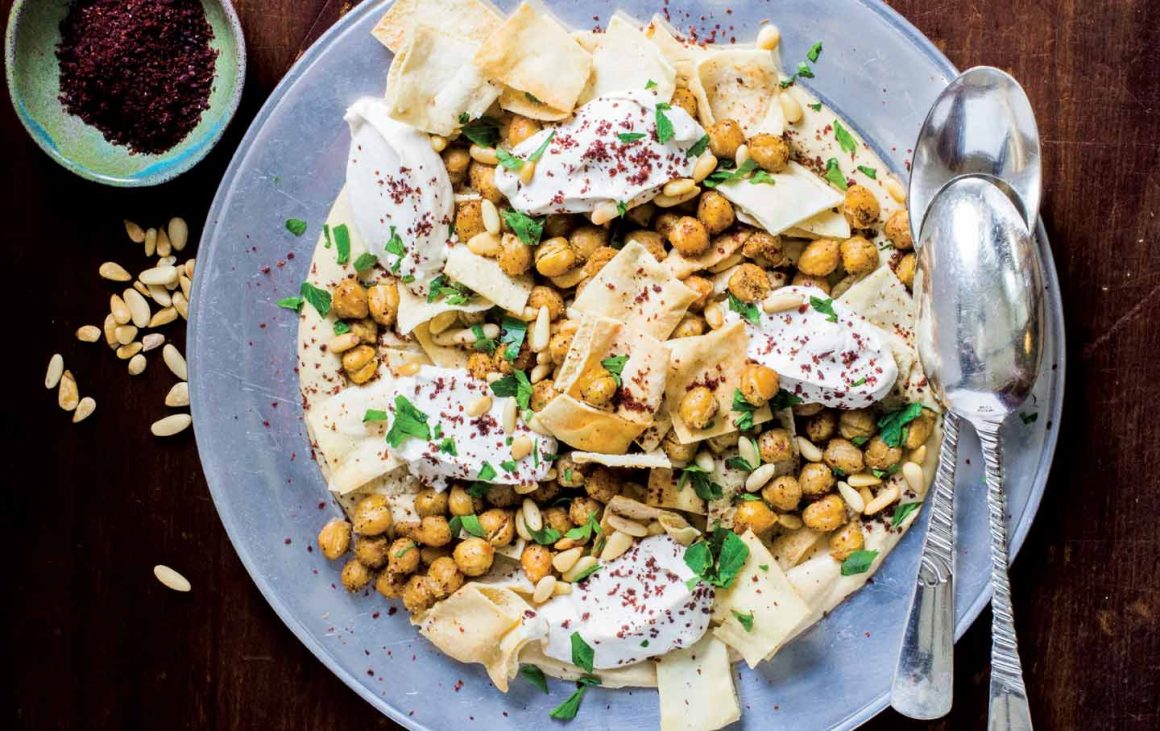Looking into countries across various continents, Doha News sheds light on some of the unique dishes present on different Iftar tables around the world.
Iftar, which is the meal taken by Muslims at sundown to break the daily fast during the holy month of Ramadan, comes in different colours and flavours across the globe, with staple dishes taking priority over other food in ethnic households.
There are various Ramadan specialties to relish, which are integral to places and cultures. These dishes range from healthy soups to fresh salads, samosas to spring rolls, and pastries to fatayer.
Taking place on the ninth month of the Islamic calendar, Ramadan is one of the most sacred months of the year for Muslims. Believers fast from food and liquids during the daytime hours of Ramadan to commemorate the revelation of the Quran, improve their relationship with God, and develop self-control, gratitude and compassion for those who are less privileged.
Muslims devote a greater amount of time to reading the Quran and some offer specific prayers during Ramadan, a month of intense spiritual renewal.
Aside from the traditional culinary customs associated with the month, different Muslim-majority nations have a wide array of special meals and sweets prepared.
Here are a list of some of our favourite picks:
Ramadan: Staple food in a Qatari home
A common dish found almost everyday on a Qatari Iftar table during Ramadan is harees, which is a delightful main meal prepared with chicken and beaten wheat.

Following an overnight soak, the wheat is simmered in water with butter or sheep fat. The combination is beaten and seasoned after any liquid residue is strained. Clarified butter, sugar and cinnamon can be used to decorate harees.
Harees is a popular dish also known throughout the Arab world, especially eaten throughout the Gulf Cooperation Council (GCC) countries in the month of Ramadan.
Another such staple resting on tables of Qatari households is tharid, made with a lot more torn bread and topped with a hearty meat and vegetable stew and is especially consumed during the holy month.
These dishes are usually complemented by samosa as appetizer and watered down with qamar al-din juice, which is dried apricot based.
It is regarded as being particularly evocative of Arab identity during the period of Prophet Muhammad (PBUH).
Staple food in Iran
A typical Iranian iftar table in Ramadan would consist of ash reshteh, a classic Iranian “noodle soup” made with beans, peas and vegetables with a thick consistency. With a noticeable flavor of dried mint powder, the ash is also topped with “kashk,” a salty dairy sauce.

Complementing the rich table with its spring-like aroma, sholeh zard is a Persian rice pudding made with saffron, which has a delicate, light texture, a slight sweetness that usually appears as a staple iftar dessert. The dessert is beautifully garnished with designs made with ground cinnamon and slivered pistachios or almonds.
Staple food in Palestine
Present on Palestinian tables during Ramadan is the fatteh, which is saj bread dipped in meat or chicken soup, wrapped with white rice and topped with meat or chicken pieces. It is provided with a small amount of the same meat soup and a special sauce made of green pepper, lemon, and garlic. The dish is also typically found in other Levant countries, such as Syria, Lebanon and Jordan.

Although it is considered a national dish of Palestine, maqluba is a common food found in Iraq, Syria and Jordan. The primary idea behind this layered one-pot dish—which goes by the name “maqluba”—is to turn it upside down before serving.
The dish includes rice, herbs and spices like turmeric and sumac, vegetables including carrots, potatoes, tomatoes, cauliflower, and onions, and meat such as lamb or chicken.
Staple food in Eritrea
A typical Eritrean Ramadan cuisine involves zigni, which is a spicy meat stew that is typically eaten with injera, a circular, soft pancake. The meat can be beef, lamb, goat or chicken, served alongside or on top of the injera. Some Eritreans also prefer to eat zigni with rice.
The dish is rich and tasty, filled with flavour, protein and nutrients.

Staple food in Japan
Muslims in Japan choose to eat wholesome meals and finish each meal by repeating the phrase “gochisoosama,” which means to honour nature’s blessings.

The most comforting Japanese dish to eat during Ramadan is a substantial soup made with a variety of regional ingredients, including Japanese udon noodles, napa cabbage, negi (long green onions), Japanese tofu and thinly sliced beef.
Another is the famous chicken katsu curry, a well-liked main course and a traditional Japanese meal. The potatoes, carrots, broccoli, herbs, and spices are slowly simmered to create the rich and creamy katsu sauce, which is then poured over a bed of perfectly cooked Jasmine rice. A sizeable quantity of chicken fillet cooked in the katsu style is served to complete the dish.

Staple food in Sudan
Over in Sudan, a distinctive delicacy known as aseeda must be served during Ramadan. It is a dish that resembles soup and is made out of a variety of ingredients, including tomato sauce, flour, dried onions, minced beef, crushed peanuts and a sizeable quantity of laban, or yoghurt.
As soups are considered a crucial component of Ramadan meals in Sudan, families prepare this particularly light dish for iftar almost every day.







